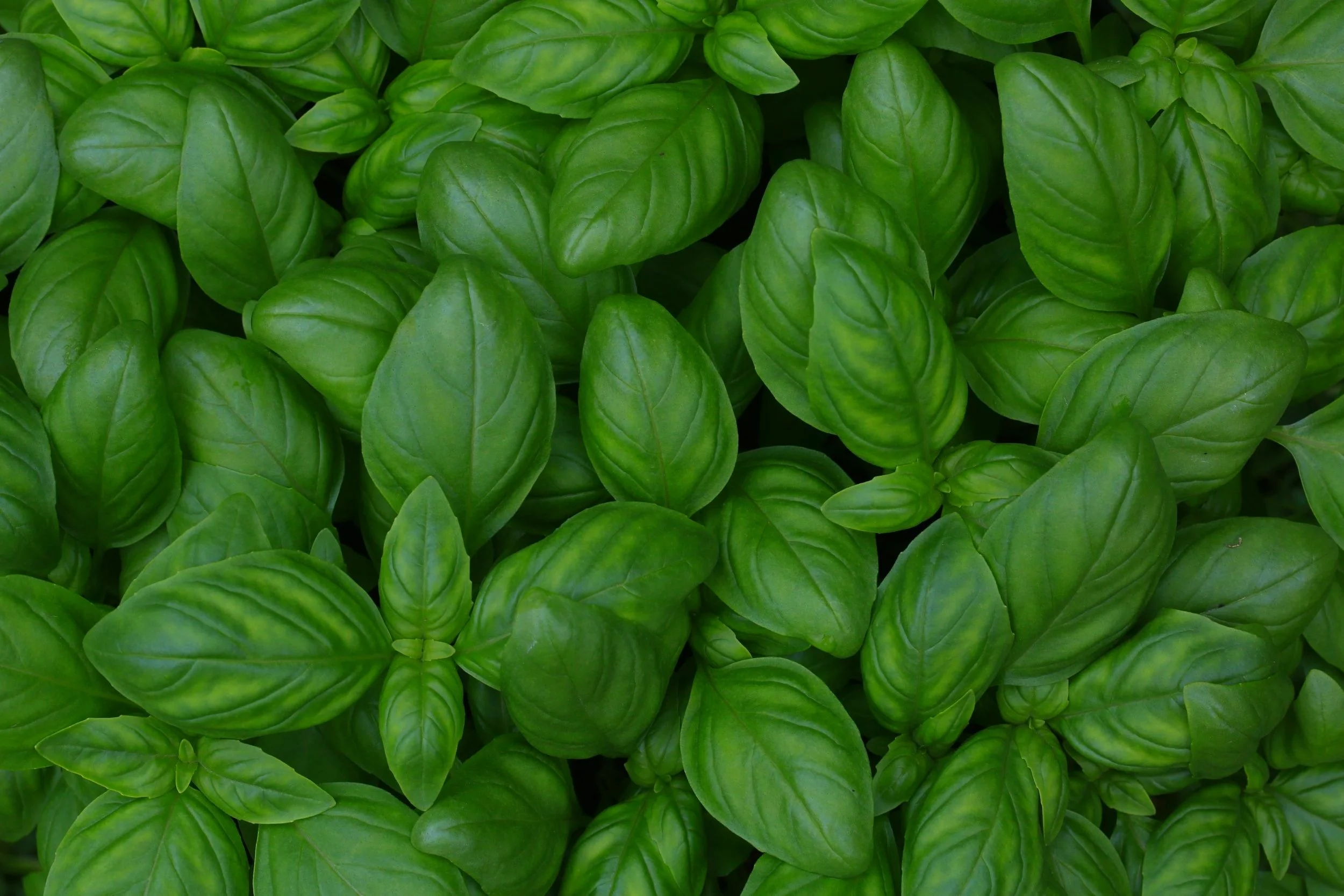
Basil
Basil, also known as Ocimum basilicum, is a perennial herb that belongs to the mint family. It is native to tropical regions of Central Africa and Southeast Asia, but it is now widely cultivated around the world for its flavorful leaves.
The history of basil can be traced back to ancient civilizations where it was used for both culinary and medicinal purposes. The ancient Egyptians believed that basil had the power to ward off evil spirits, and they used it in the mummification process. In ancient Greece, basil was thought to have healing properties and was used to treat a variety of ailments such as snakebites and skin infections.
Basil was also widely used in ancient Indian and Ayurvedic medicine, where it was believed to have anti-inflammatory and antioxidant properties. It was used to treat a variety of conditions, including digestive issues and respiratory problems.
In the Middle Ages, basil was considered a symbol of love and was often given as a gift to a loved one. It was also believed to have aphrodisiac properties, and it was used in love potions and spells.
Today, basil is a popular herb in many cuisines around the world, particularly in Mediterranean and Southeast Asian cooking. It is a key ingredient in dishes such as pesto, caprese salad, and Thai green curry. Its leaves have a strong, sweet, and slightly spicy flavor and are often used to flavor meat, fish, and pasta dishes.
In addition to its culinary uses, basil is also used in the production of essential oils. The essential oil of basil is used in perfumes, soaps, and other personal care products, and it is also used in aromatherapy for its calming and relaxing properties.
Basil is also used in traditional medicine and is believed to have anti-inflammatory, antioxidant, and antimicrobial properties. It is used to treat a variety of conditions, including diabetes, high blood pressure, and stress.
It has a sweet and slightly peppery flavor, and is a common ingredient in Mediterranean, Asian, and American cuisine. Here are some common dishes that use basil as an ingredient:
Pesto: Pesto is a traditional Italian sauce made with basil, pine nuts, garlic, Parmesan cheese, and olive oil. It's commonly used as a pasta sauce, but it can also be used as a spread or marinade.
Caprese salad: Caprese salad is a simple Italian salad made with fresh mozzarella cheese, tomatoes, basil, and olive oil. It's a popular summer dish, and a great way to enjoy fresh, in-season tomatoes.
Margherita pizza: Margherita pizza is a classic pizza made with tomato sauce, mozzarella cheese, and basil leaves. The basil adds a fresh flavor and aroma to the pizza.
Beef or chicken dishes: Basil is often used as an ingredient in marinades and rubs for beef or chicken dishes. It adds a fresh, herby flavor to the meat and can be used in a variety of styles like Thai, Mediterranean, and Italian cuisine.
Pasta dishes: Basil is a common ingredient in pasta dishes, particularly those with a tomato-based sauce. It can be added to the sauce, or used as a garnish on top of the pasta.
Soups and stews: Basil can be used to add flavor to soups and stews, particularly those with a vegetable or tomato base.
Sandwiches: Basil is a great addition to sandwiches, particularly those with a Mediterranean or Italian theme.
Risotto: Basil can be used to add flavor to risotto, particularly those with a vegetable or tomato base.
Thai dishes: Basil is a common ingredient in Thai cuisine, particularly in dishes such as Thai basil chicken (pad kra pao gai) and green curry.
Herbal tea: Fresh basil leaves can be steeped in hot water to make a simple, refreshing tea.
Basil is a versatile herb that can be used in a variety of dishes, both sweet and savory, and it's a great way to add fresh flavor and aroma to your meals.
